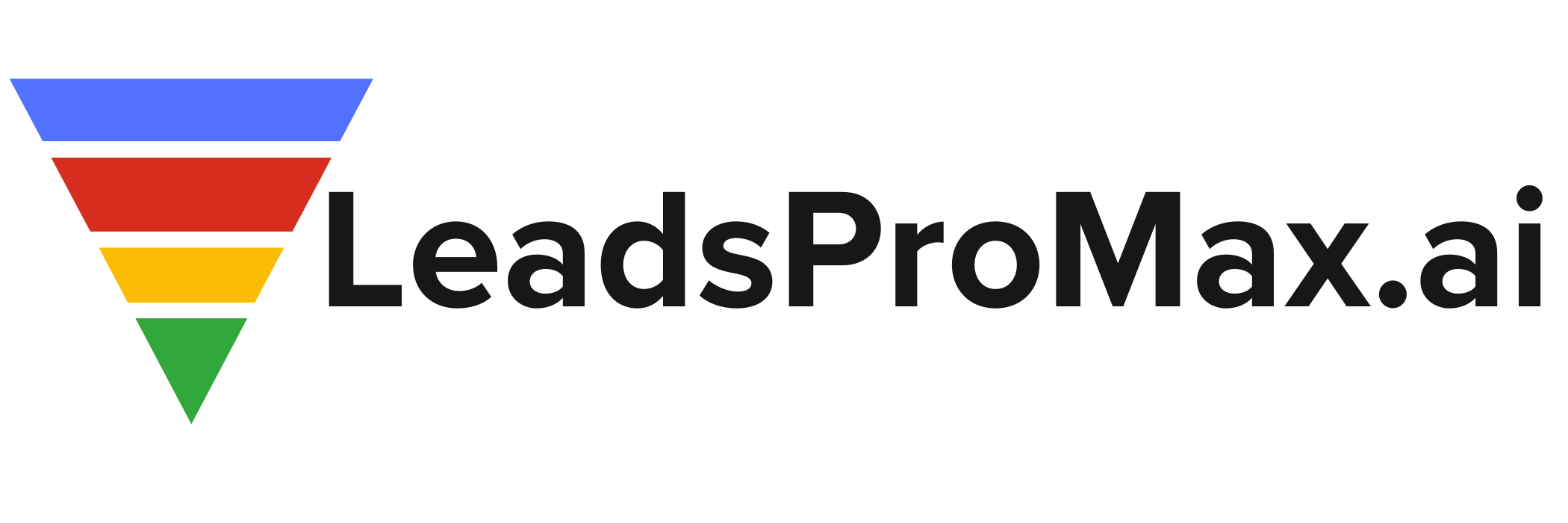The Future of Healthcare: Unleashing the Power of Analytics
In the rapidly evolving landscape of healthcare, data has emerged as a key driver of transformation. As healthcare providers, policymakers, and patients alike seek ways to improve outcomes, reduce costs, and enhance the overall quality of care, the role of healthcare analytics has become increasingly crucial. With the healthcare analytics market poised for remarkable growth between 2025 and 2032, it’s time to take a closer look at the trends, drivers, and implications of this game-changing technology.
Embracing Data-Driven Decision Making
At its core, healthcare analytics involves the collection, management, and analysis of vast amounts of healthcare data. By leveraging advanced technologies such as artificial intelligence, machine learning, and big data analytics, healthcare organizations can uncover valuable insights that inform strategic decision-making. From identifying patterns in patient outcomes to optimizing resource allocation, healthcare analytics empowers providers to make data-driven decisions that ultimately lead to better care delivery.
Optimizing Operational Efficiency
One of the primary drivers behind the growth of healthcare analytics is the pressing need to optimize operational efficiency. With rising healthcare costs and limited resources, providers are turning to analytics to streamline processes, reduce waste, and allocate resources more effectively. By analyzing data on patient flows, staffing levels, and resource utilization, healthcare organizations can identify bottlenecks, predict demand, and make informed decisions to improve overall efficiency.
Moreover, healthcare analytics plays a crucial role in **personalizing treatment plans**. By analyzing patient data, including medical history, genetic information, and lifestyle factors, providers can tailor interventions to individual needs, leading to improved outcomes and enhanced patient satisfaction. This personalized approach not only benefits patients but also helps healthcare organizations allocate resources more effectively, reducing unnecessary treatments and minimizing costs.
Combating Healthcare Fraud and Data Breaches
Another significant driver of healthcare analytics adoption is the growing concern over healthcare fraud and data breaches. Healthcare fraud, which includes activities such as billing for services not rendered or prescribing unnecessary treatments, costs the industry billions of dollars annually. By leveraging **advanced analytics techniques**, healthcare organizations can detect anomalies, identify suspicious patterns, and prevent fraudulent activities before they cause significant financial losses.
Furthermore, as healthcare data becomes increasingly digitized, the risk of data breaches and cyber attacks has risen exponentially. Healthcare analytics plays a vital role in **strengthening data security** by continuously monitoring systems, detecting potential vulnerabilities, and implementing robust security measures. By safeguarding sensitive patient information, healthcare organizations can maintain trust, comply with regulations, and focus on delivering high-quality care.
Market Growth and Key Players
The healthcare analytics market is poised for significant growth in the coming years. According to recent projections, the market size is expected to grow from approximately **USD 43.1 billion in 2023 to USD 145.81 billion by 2032**, representing a compound annual growth rate (CAGR) of around 21.1% during this period [1]. This growth is driven by the increasing demand for data-driven insights to improve patient outcomes and optimize healthcare delivery.
Several key players are leading the charge in the healthcare analytics market. **IBM Watson Health** and **Cerner Corporation** are among the prominent companies spearheading innovation and driving the adoption of analytics solutions across the healthcare spectrum [1]. These industry leaders are investing heavily in research and development, forging strategic partnerships, and delivering cutting-edge analytics tools to healthcare organizations worldwide.
The Broader Market Context
While the projections mentioned earlier provide a solid foundation for understanding the healthcare analytics market’s growth trajectory, it’s essential to consider the broader market context. Some projections indicate an even more substantial market potential, with estimates suggesting a market size of **USD 280.39 billion by 2032**, reflecting a higher CAGR of 26% [1]. This higher projection underscores the immense potential and growing demand for analytics solutions in the healthcare industry.
Furthermore, specific sub-segments within healthcare analytics are experiencing remarkable growth. For instance, the predictive analytics sub-segment, which focuses on forecasting future trends and outcomes, is expected to reach **USD 103.6 billion by 2032**, with a CAGR of 24.5% [1]. This highlights the increasing importance of predictive capabilities in healthcare decision-making, as organizations seek to anticipate and proactively address challenges and opportunities.
Embracing the Future of Healthcare
As the healthcare analytics market continues to expand and evolve, it is clear that data-driven insights will play a pivotal role in shaping the future of healthcare. Healthcare organizations that embrace analytics and harness the power of data will be well-positioned to improve patient outcomes, optimize operations, and drive innovation in the years to come.
However, the journey towards fully realizing the potential of healthcare analytics is not without challenges. Healthcare organizations must navigate complex regulatory landscapes, address data privacy concerns, and invest in the necessary infrastructure and talent to effectively leverage analytics capabilities. Collaboration between healthcare providers, technology vendors, and policymakers will be essential in overcoming these challenges and unlocking the full value of healthcare analytics.
As we look ahead to the future of healthcare, one thing is certain: analytics will be at the forefront of transforming the industry. By embracing data-driven decision-making, optimizing operational efficiency, combating fraud and data breaches, and driving personalized care, healthcare organizations can thrive in the evolving landscape and deliver the highest quality of care to patients worldwide.
Are you ready to embark on the journey of healthcare analytics and unlock the power of data in your organization? Share your thoughts, experiences, and questions in the comments below, and let’s engage in a meaningful discussion about the future of healthcare analytics.
#HealthcareAnalytics #DataDrivenHealthcare #InnovationInHealthcare
-> Original article and inspiration provided by ReviewAgent.ai
-> Connect with one of our AI Strategists today at ReviewAgent.ai


